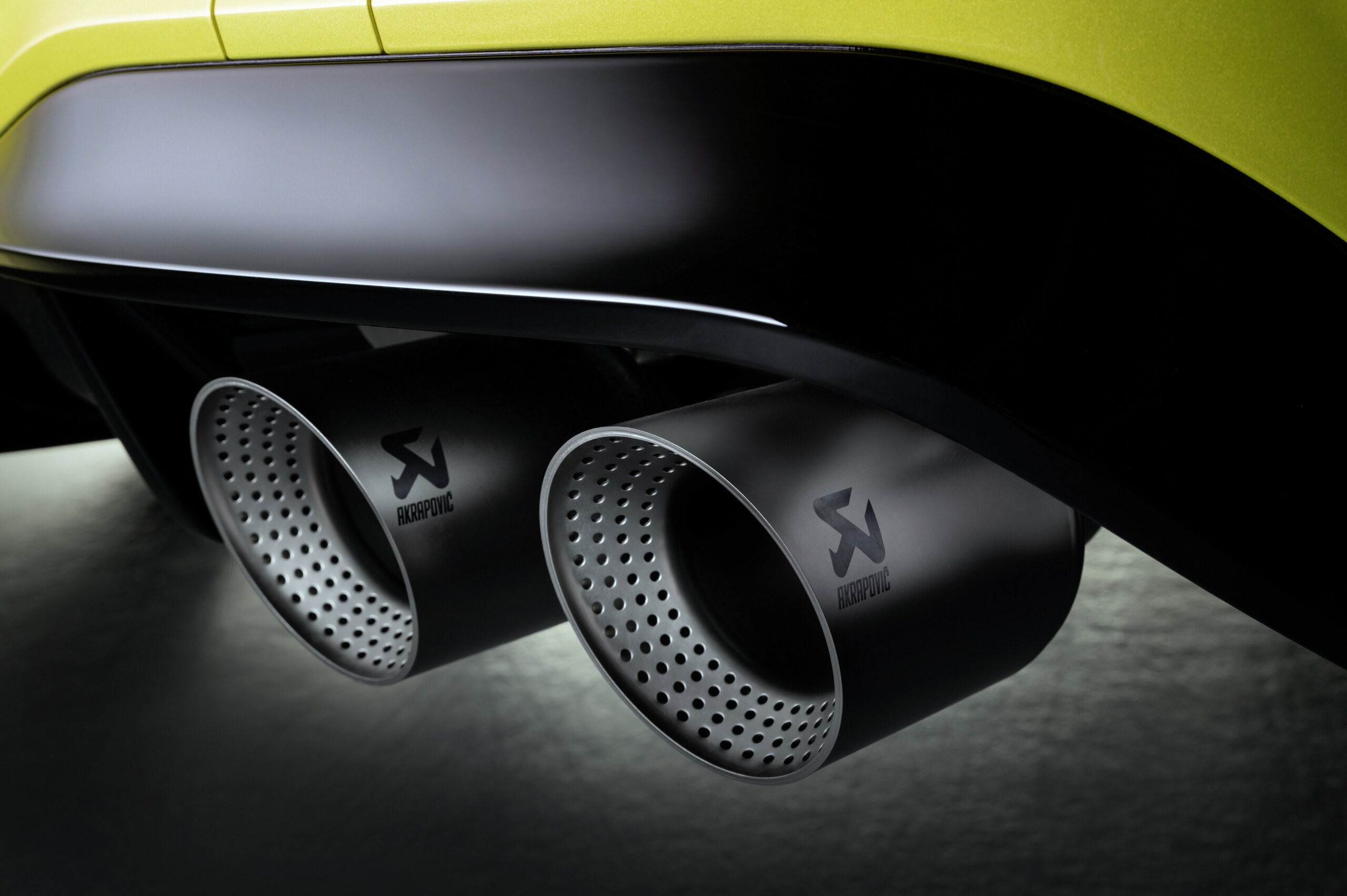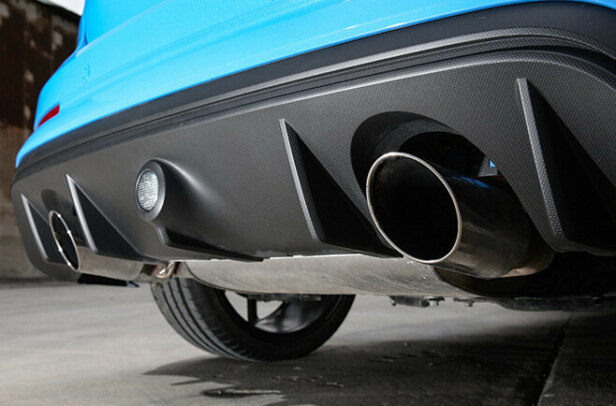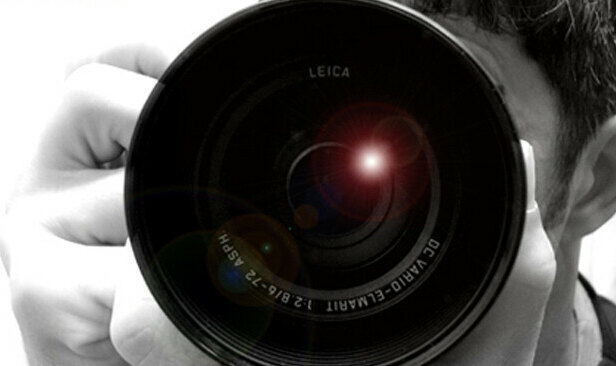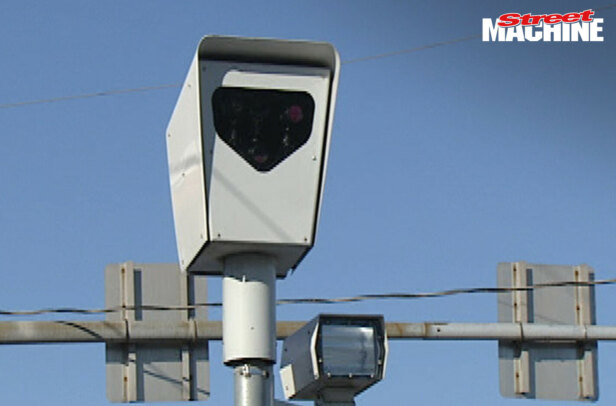Noise-detecting cameras will be trialled around Sydney’s Bayside area in an effort to curb hooning, with at least one MP advocating for the cameras to be tested right across the city.
The pilot program was announced last week by Rockdale MP Stephen Kamper alongside members of the ‘Peaceful Bayside’ lobby group. It will see portable cameras placed around the local government area encompassing Sandringham, Brighton-Le-Sands, Botany and more, to record noise levels and capture number plates of offending vehicles.
The number of cameras and noise thresholds involved are not yet confirmed, but New South Wales rules limit emissions to 90 decibels for most cars, and 94 for motorbikes. The cameras will feature advanced microphones designed to pinpoint a noise source and capture video and audio, automatically notifying camera operators.
Fines for excessive noise in NSW range from $150 to $500 for individuals, plus the possibility of two demerit points for “offensive noise” from a sound system.
“The Environment Protection Authority has been tasked to oversee this trial, in conjunction with the local council and the police,” Kamper said at the announcement. “Residents across my electorate are frustrated beyond belief by revving engines and gunfire exhausts at all times of the day and night.”
As reported by the Sydney Morning Herald, Revenue NSW issued 2498 fines for modified vehicles and excessive noise in the 10 months leading to May 2023 – almost six per cent up on last year’s figures.
Sydney MP Alex Greenwich is also pushing for noise cameras around broader Sydney to target what he described as “loud, annoying” vehicles. “I really welcome the trial and look forward to learning more about it, and should it be successful, rolling them out across the Sydney electorate,” he told ABC Mornings.
Natalie Watson-Brown, research fellow at the Centre for Accident Research & Road Safety – Queensland, told the SMH no studies had so far evaluated the technology’s efficacy against hooning in Australia, instead focusing on railway noise, traffic barrier efficiency and noise pollution from truck engine braking.
Fixed number plate cameras were installed in Sandringham in 2021, which Bayside Council said were intended to “help bring hoons to account”, in conjunction with a ‘hooning hotspot’ map featuring hundreds of community submissions.
Part of Bay Street in Brighton-Le-Sands was even closed to traffic over six weekends last summer in another anti-hooning effort, which Kamper said could become a permanent change if successful.
While the trial will mark the first of its kind in Australia, similar operations have appeared overseas. The UK’s Department of Transport introduced noise cameras last year, which are still in place. Warnings were sent as part of the initial run, but fines are now being sent based on readings detected.
New York City’s own testing began in 2021, and will expand to seven cameras by the end of this year as part of the SLEEP (Stop Loud and Excessive Exhaust Pollution) Act.





Comments